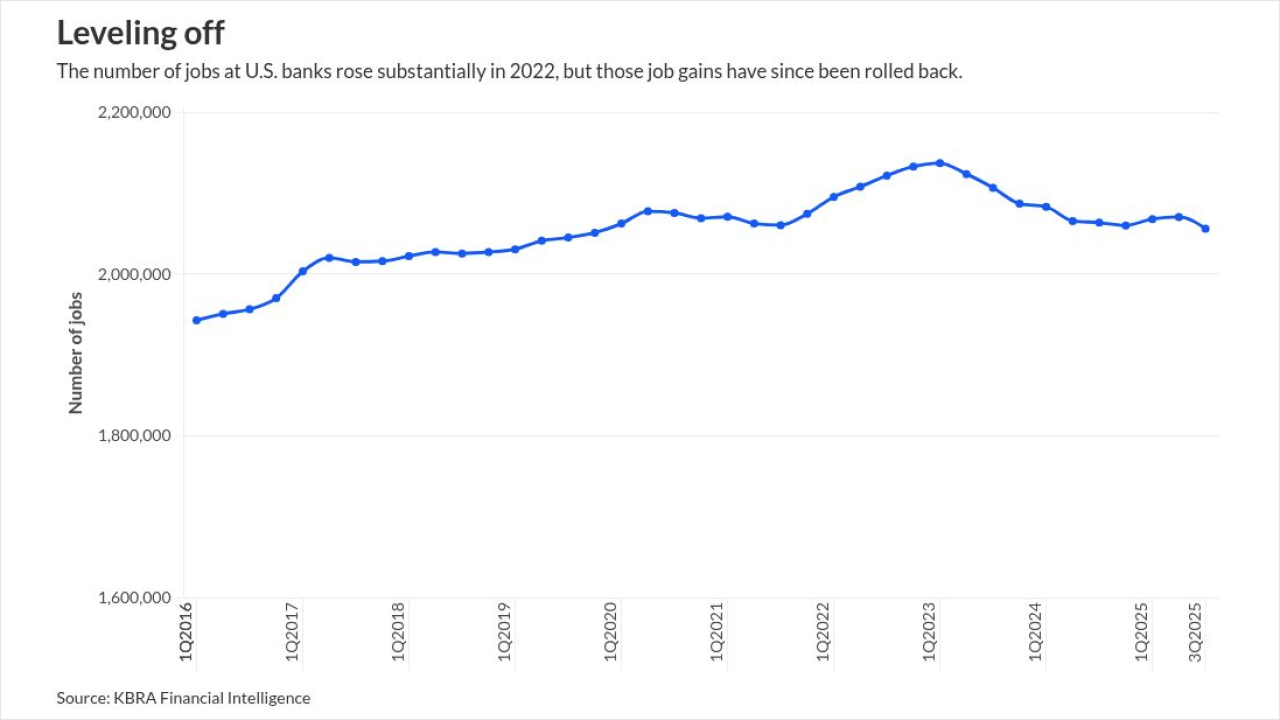Account aggregation is far more than an interesting technology. It is a doorway into highly interdependent customer relationships built on better information and convenience and mutually beneficial cost constructs. Immediate opportunities for reduced costs in bill presentment and for new revenues in funds transfer and online advice make account aggregation a top priority for financial institutions.
Level 1: Profiting from e-billing
Account aggregation offers something financial institutions have sorely needed: a profitable alternative to current home banking and bill payment services.
Nearly all U.S. banks outsource bill payment. These providers charge them about $5 per retail demand deposit account (DDA) per month in processing costs. And since the typical household pays only 12 to 17 bills per month, the unit cost ranges, in effect, from a barely acceptable 29 cents to a staggering 42 cents - much more than what it costs banks to process a paper check. The competitiveness of the checking account environment makes the costs imposed by third-party bill payment providers extremely difficult to recover through fees or compensating balances. What's more, the cost of outsourced bill payment services limits DDA profitability.
With aggregation-enabled bill payment, banks can stop paying these "outside" processing fees and start feeding fee income "inside" their wholesale bank. To put it in the language of the computer industry, the wholesale bank functions as an original equipment manufacturer, or OEM - controlling its own costs, distribution, and, most important, margins - rather than acting as a value-added reseller for a third-party bill payment processor.
Bill payment is the starting point for making account aggregation services profitable. Studies show that usage of account aggregation correlates directly to the number of accounts the customer has activated on the service. The four asset accounts that the typical household owns are too few to generate more than occasional usage. On the other hand, if consumers can access and manage their 12 to 17 liability accounts (bills paid each month), usage will increase exponentially. In fact, consumers with eight or more accounts make about two visits a day to their aggregation service provider. This means that registering the billers into the online bill payment process is a key first step to driving high consumer usage and strengthening the accompanying revenue stream.
Level 2: Guaranteed Money Movement
Just as many consumers willingly pay $15 to $35 for FedEx guaranteed overnight delivery, our research indicates that there a large segment of consumers and small businesses are willing to pay a premium for guaranteed delivery of funds within a specific period of time. A considerable market opportunity exists for banks that package and adopt a similar model for funds transfer services. We estimate the "Me2Me" interbank funds transfers market is valued at more than $2 billion in net new fee income opportunities, assuming overnight delivery pricing applied to guaranteed payment delivery.
Consider that the average household has no less than four asset accounts at disparate financial institutions. Funds transfers between these accounts occur at least 6.5 times a year, often with great urgency. A consumer may need to transfer funds to pay a large unexpected bill, make an IRA contribution, or quickly purchase a stock whose price has fallen sharply.
The problem is, most traditional financial institutions do not make it easy for their customers to transfer funds to other institutions, hoping to retain the value of lazy idle balances resting in DDAs. Some have attempted (largely without success) to get customers to bring all their accounts under their roof.
Banks need to recognize that on overage they only hold one-fourth of a household's accounts. Employer-sponsored retirement accounts, brokerage, money market, savings, and other accounts at competing financial institutions are a market reality. Consolidating control will require a marketing strategy focused initially on cooperation/competition. Those having superior account aggregation services coupled with competitive product suites will not only protect and extend DDA assets; they will earn broader, deeper, longer-lasting customer relationships.
Level 3: Locking in customer loyalty
Aggregation-driven bill presentment and payment leads directly to one other source of growth for banks: financial planning. Why? Aggregation supports banks offering a new brand of advice, based not on a one-time snapshot of the customer's financial position, but on continuously evolving data about how this person earns, saves, invests, and spends. Equipped with accurate, real-time information on assets, liabilities, income, and expenses, the financial institution can deliver sounder guidance and deliver it when and how the customer prefers.
There are three service tiers for online guidance and advice, used according to customers' wealth and sophistication: alerts providing simple prompts or notifications to investors, basic interpretations of the investor's data, and detailed portfolio assessment from a certified financial adviser along with specific recommendations.
This personalized, regularly updated counsel represents a new level of value-added service that many financial institutions have been unable to deliver profitably because of the high cost of compiling customer data from multiple sources. Aggregation solves this problem by bringing all the information together.
In addition to providing advice, financial institutions can use aggregated data as the basis for more communication with the customer and more opportunities to cross-sell or upsell financial products.
During its brief history, online account aggregation has acted primarily as a virtual dashboard, an at-a-glance, big-picture view of a consumer's financial position - strictly a convenience.
It is time to take full advantage of all this technology has to offer: a much more active and interactive portal; a means for consumers to do more with their money; a means for financial institutions to do more for their customers; and ultimately a source of more profitable customer relationships.
Mr. Crone is a vice president and Mr. Ditzion a senior analyst with Dove Consulting, Boston.





